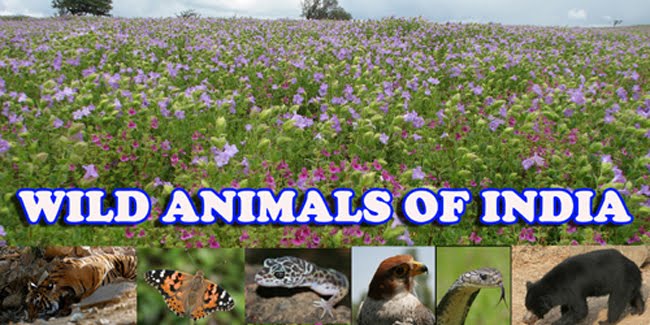About Me

- Amit Sayyed
- My name is Amit Sayyed. Being a nature lover and interested towards wiIdlife i started my work long back in 2001. As a beginner i had a urge to do something which will help to improve my knowledge in the wildlife but in the course of time i realised that this is a vast field and requires collective efforts to conserve our Mother Nature.So the first step towards this direction was establishment of our Org Wildlife Protection and Research Society. which works for conservation of forests and wildlife and operates across Maharashtra. Further i wrote 3 informative books. Now i am working as a Researcher in WLPRS and ANIMAL WELFARE OFFICER. I have been doing research in wildlife since 15 years, as a part of research subject i have chosen geckos (Cnemaspis) and frogs (Rhacophoridae) Wildlife photography is my passion and I have extensive collection of wildlife photographs. I would like to share few of them with you. For more information i can be reached at 9922277772.or mail me at :amitsayyedsatara@gmail.com
Thursday, November 24, 2011
Monday, September 26, 2011
The Greater Coucal
The Greater Coucal (Centropus sinensis) is a large
non-parasitic member of the cuckoo from the family Cuculidae,A widespread resident in Asia, from India, east to
south China and Indonesia, it
is divided into several subspecies, some being treated as full species. They are
large, crow-like with a long tail and coppery brown wings and found in wide
range of habitats from jungle to cultivation and urban gardens. They are weak
fliers, and are often seen clambering about in vegetation or walking on the
ground as they forage for insects, eggs and nestlings of other birds. They have
a familiar deep resonant call which is associated with omens in many
parts of its range
Wednesday, March 23, 2011
The Redback spider
The Redback spider (Latrodectus hasselti ) is a potentially dangerous spider . It is a member of the genus Latrodectus or the widow family of spiders, which are found throughout the world. The female is easily recognisable by her black body with a prominent red stripe on the upper side of her abdomen. Females have a body length of about a centimetre while the male is smaller, being only 3 to 4 millimetres long. The Redback spider is one of few arachnids which display sexual cannibalism while mating.
This spiders are considered one of the most dangerous spiders in the World. The Redback spider has a neurotoxic venom which is toxic to humans with bites causing severe pain. There is no an antivenom on Redback bites which is commercially available in INDIA
Carpenter bee
Carpenter bees Xylocopa violacea from the the subfamily Xylocopinae are large, hairy bees distributed worldwide. There are some 500 species of carpenter bee in 31 subgenera.[Their name comes from the fact that nearly all species build their nests in burrows in dead wood, bamboo, or structural timbers except those in the subgenus Proxylocopa, which nest in the ground...
Subscribe to:
Posts (Atom)







